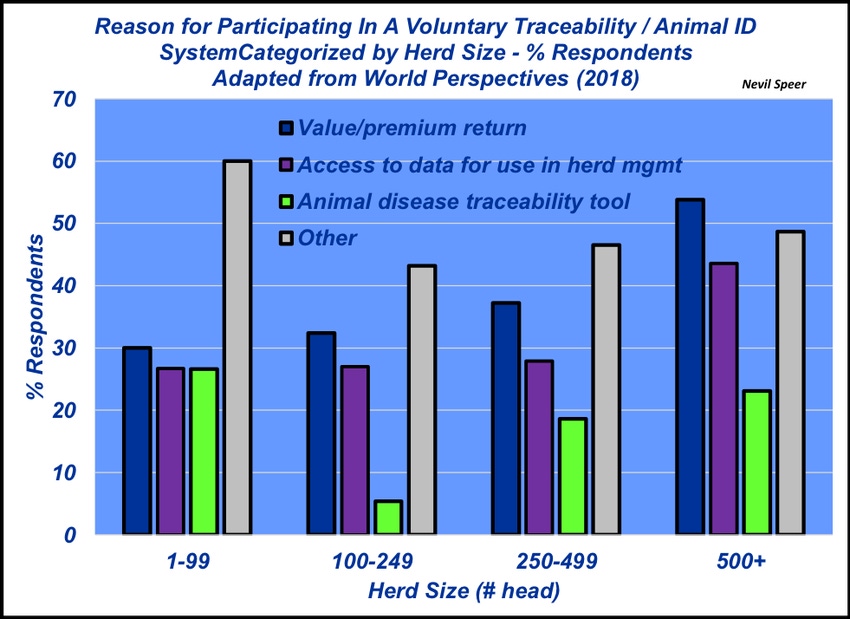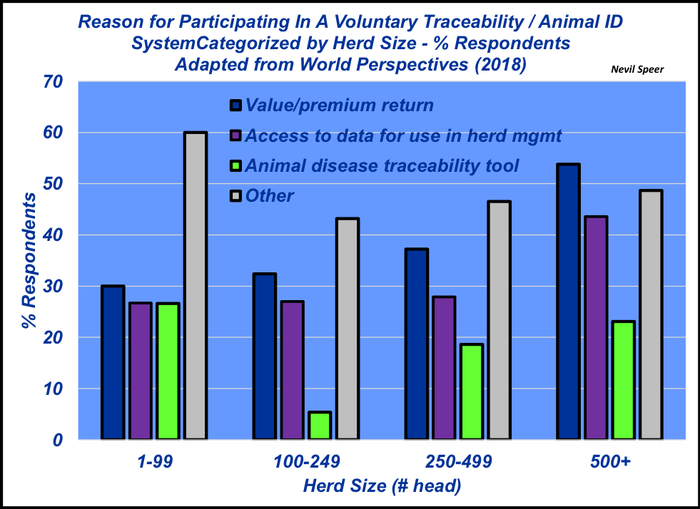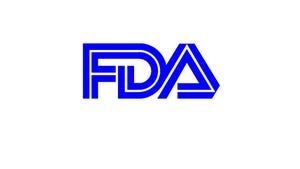Why participate in a voluntary animal ID program?
There are lots of reasons that beef producers are involved in a voluntary ID program. And adding value to their calves isn’t always the most important.
April 26, 2018

This column has run a series of discussion dealing with the issue of traceability. That emphasis is the result of several factors. First, the National Cattlemen’s Beef Association recently commissioned World Perspectives to perform a comprehensive traceability study that was released in February: U.S. Beef Identification and Traceability Systems:Opportunities, Obstacles and Incentives Across the Value Chain.
Second, USDA has also released a new Animal Disease Traceability (ADT) report: Summary of Program Reviews and Proposed Directions from State-Federal Working Group. Lastly, the independent and newly formed Cattle Traceability Working Group has been hard at work in an effort toward advancing the effectiveness and usefulness of ADT “for the purposes of protecting animal health and market access.”
That said, this column has featured three separate discussions thus far. The first highlighted general producer sentiment toward traceability: Survey says beef producers give cautious support to traceability. The second featured producer sentiment regarding electronic ID: What’s the industry vibe on electronic animal ID? And finally, last week’s discussion focused on the ranch of origin issue: Do you ID your calves at the ranch of origin?
To close out this series, this week’s illustration features producer factors for using traceability. Namely, the World Perspectives report outlines the reasons producers participate in voluntary programs – categorized by herd side.

In other words, it’s the “why” producers are already working toward traceability. The report notes that, “…large producers (500-plus head) had a higher propensity to indicate value/premium return on marketed cattle as their reason for adopting a voluntary traceability program. Similarly, large (500-plus head) and small (1-99 head) producers were more likely to indicate animal disease outbreak mitigation/response as the reason they adopted a voluntary traceability/animal ID system. The first finding may indicate larger producers are more aware of (or better able to capture) premium pricing for traceable cattle while the latter perhaps indicates a greater sensitivity to disease outbreaks.”
What are your practices regarding traceability? How do your reasons for using animal ID line up with the survey results? Leave your thoughts in the comments section below.
Nevil Speer serves as an industry consultant and is based in Bowling Green, KY. Contact him at [email protected].
About the Author(s)
You May Also Like




.png?width=300&auto=webp&quality=80&disable=upscale)
